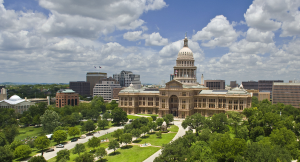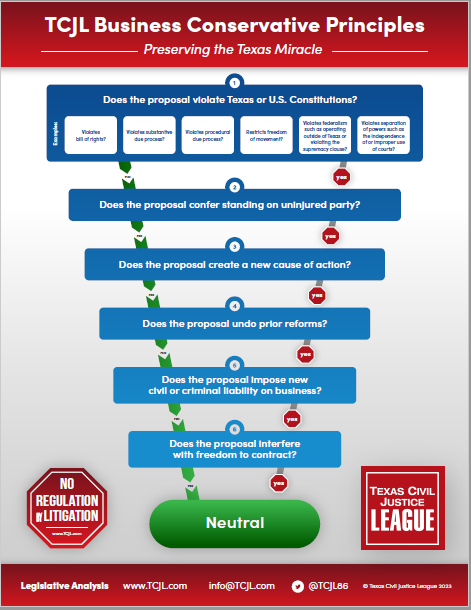 With Governor Abbott signing the voucher legislation into law on Saturday, it might be worth looking toward the estimated future cost of the program. Here is the pertinent language from the fiscal note:
With Governor Abbott signing the voucher legislation into law on Saturday, it might be worth looking toward the estimated future cost of the program. Here is the pertinent language from the fiscal note:
For the 2026-27 biennium, the bill would limit the amount that could be spent for purposes of the program to $1,000,000,000. Therefore, this analysis assumes that the cost of the program in fiscal years 2026 and 2027 would be limited to $1.0 billion, including administrative costs. For subsequent biennia, the Comptroller would be required to state in the agency’s Legislative Appropriations Request (LAR) for each state fiscal biennium the amount necessary to provide funding for each participating child, each child on the waiting list, and each eligible child who is a sibling of a participating child. Thus, this analysis assumes participation in fiscal years 2028 and 2029 would be limited to projected demand in fiscal year 2027 and that participation in fiscal year 2030 would be limited to projected demand in fiscal year 2029, as specified in the Comptroller’s LAR. Therefore, for subsequent years and based on assumptions outlined above, this analysis assumes the cost of the ESA program would be $3.3 billion in fiscal year 2028, $3.7 billion in fiscal year 2029, and $4.8 billion in fiscal year 2030, although, the ultimate costs of the ESA program would be limited to the amount appropriatedby the Legislature.
Whatever one thinks about the merits of the issue, there is no arguing with the burgeoning cost that, when coupled with the amount of state funding dedicated to property tax relief, will put a strain on future budgets. It appears that when the dust settles this session, the budget will spend about $51 billion in property tax relief, about $6 billion of which is new money. We can expect to spend more 2028-29, meaning that the budget writers in 2027 will have to come up with the same $51 billion, plus whatever additional amount is needed to maintain rate compression at the same level. And if the Comptroller is right about the cost of the voucher program, we’re looking at another $7 billion to fully fund it (the current budget caps total spending on vouchers to $1 billion).
There is no question that the current crop of legislators have enjoyed an unprecedented run of economic growth, high energy prices, and a massive infusion of federal funds to tide the state over the COVID-19 pandemic. But none of that will last forever. The Comtproller has indicated that economic growth will continue, but at a slightly slower pace—that is, barring an economic downturn (which some economists believe will occur if a full boat of tariffs ever take effect). Such a downturn could decrease demand for oil and gas as well, taking a bite out of the enormous surpluses that have filled the Rainy Day Fund in the past several years. And like many, if not all, other states, Texas relies on federal funds for about 30 percent of its budgetary needs (a little north of $100 billion for the next biennium). It is unclear to what extent federal budget cutting will impact the state, but if Texas had to replace 30 cents of every dollar of lost federal money, it would cause a serious shock to the system.
In any event, no crystal ball is clear enough to predict anything, but Texas business needs to be aware that if the party ever ends, we know who will pay for it.












